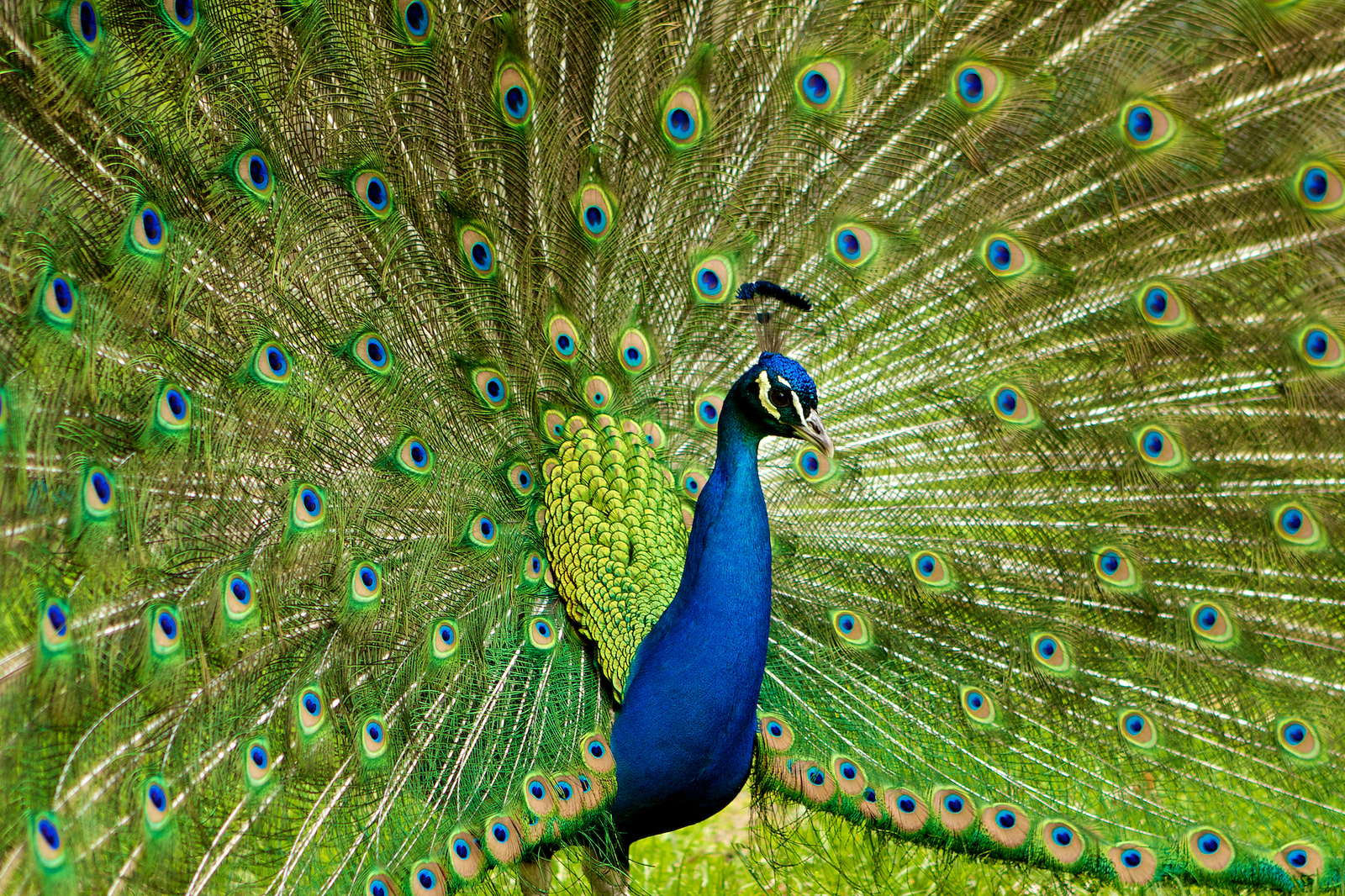The 'Darwin and Gender' research and education project, funded by a grant from the Parasol Foundation, ran from 2009 until 2013. Conducted in parallel with a major international research initiative in the history of evolutionary views of human nature, it explored issues of gender in relation to Darwin's life and work, and created educational resources based on Darwin's correspondence for use in both universities and schools.
Darwin's letters are of particular importance in exposing the tension between his published and his private views on gender, and are also uniquely valuable in revealing the role of women in his scientific life and in nineteenth century science in general. Among the areas researched were masculinity and the construction of science as 'labour' in Darwin's correspondence, the part played by Darwinian ideas and discourse in gender politics in late nineteenth and early twentieth-century Britain, and masculinity and changing childbirth practices in nineteenth-century Britain. Around 200 relevant letters were identified and those previously unpublished were made available online.
An important aspect of the project was to make the material accessible and relevant to schools. An Education and Outreach Officer funded through the grant, created a series of cross-curricula and subject specific packs using Darwin's letters aimed at 11 to 16 year olds. These include a cross-curricula pack on Darwin's Scientific Women raising the profile of female science practitioners, but material on gender was incorporated into the packs wherever relevant.
University level resources were aimed both at historians of science, and at researchers and students in the field of Gender Studies and include letter sets and research exercises. Themes include the women who participated in the nineteenth-century scientific community, the ways in which gender ideology shaped scientific participation for both men and women, and the uncertain gendered status of nineteenth-century natural scientists.
The university resources were created and trialled in collaboration with Professor Sarah Richardson, Assistant Professor of the History of Science and of Studies of Women, Gender, and Sexuality at Harvard University, as part of a course on Gender, Sex and Evolution. Students were asked to produce projects to highlight the value of the 'Darwin and Gender' research initiative and explore the potential contribution of Darwin's letters to gender history and gender studies.
The project's research associate, Dr Philippa Hardman, and other Darwin correspondence Project staff presented their findings at international conferences, organised events and exhibitions, and maintained a 'Darwin and Gender' blog, and a Twitter feed. Events included a public lecture by Professor Dame Gillian Beer on 'Darwin and the Descent of Woman', a "Women in Science" Wikipedia editing event, and an exhibition and virtual exhibition on 'Darwin Behind the Scenes' .
Thanks to all who worked on this project: Dr Philippa Hardman (Research Associate) and Sally Stafford (Education Officer) and all the Darwin Correspondence Project staff in Cambridge; and Katie Ericksen Baca, Meg Formato, Myrna Perez, Dr Alistair Sponsel, Jenna Tonn, and Rebecca Woods at Harvard. Especial thanks also to Professor Sarah Richardson, and Dr Tina Gianquitto for their help and advice.



